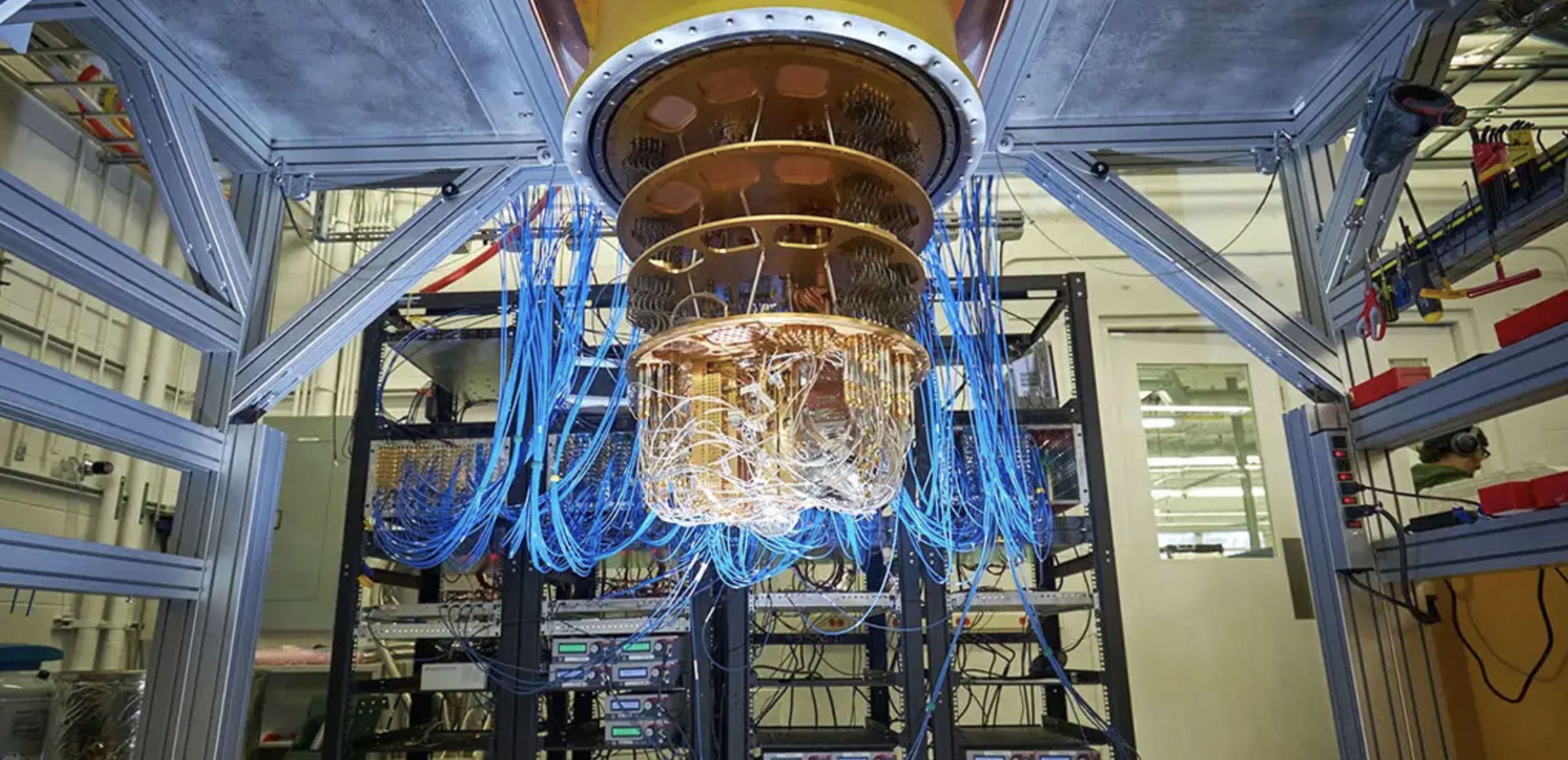There is rising concern over global concentrations of environmental microplastics and nanoplastics (MNPs) its human exposure and health outcomes.

Presence Of Plastic In Human Brain
A human brain sample contains an entire plastic spoon’s worth of nanoplastics as revealed in a latest study.
These findings were published in a new study in the “Nature Medicine” journal on Monday.
It appears that the researchers were studying human brain samples which were earlier collected at autopsies last year and in 2016.
Further, they found that brains contained about 50% more microplastics in 2024 than the ones from eight years before.
Just a year before, a group of scientists, healthcare workers and policy analysts determined plastics are associated with harm to human health at every single stage of the plastic lifecycle in 2023.
According to an expert who was not involved in this study, the finding of plastic deposits does not prove that they cause damage.
Further adding that it’s unclear if the particles enter and leave the brain, or if they collect there and cause disease.
As a precaution, the experts suggested taking steps to reduce exposure to plastics, including stopping using single-use plastic like grocery bags and utensils.
Besides this, they also recommend to use metal or glass cups for drinking instead of plastic ones.
Bio Accumulation Of Plastic In Descent Human Brain
The complementary methods for the robust detection of tissue MNPs, including pyrolysis gas chromatography–mass spectrometry, attenuated total reflectance–Fourier transform infrared spectroscopy and electron microscopy with energy-dispersive spectroscopy, confirm the presence of MNPs in human kidney, liver and brain.
When it comes to the MNPs in these organs, they primarily consist of polyethylene, with lesser but significant concentrations of other polymers.
In their analysis they found that the brain tissues harbor higher proportions of polyethylene compared to the composition of the plastics in liver or kidney.
Further, the electron microscopy verified the nature of the isolated brain MNPs, which present largely as nanoscale shard-like fragments.
Interestingly, the plastic concentrations in these decedent tissues were not influenced by age, sex, race/ethnicity or cause of death.
Moving ahead, the time of death (2016 versus 2024) was a significant factor, with increasing MNP concentrations over time in both liver and brain samples (P = 0.01).
They found even greater accumulation of MNPs in a cohort of decedent brains with documented dementia diagnosis, with notable deposition in cerebrovascular walls and immune cells.
It is noteworthy here that these results highlights a critical need to better understand the routes of exposure, uptake and clearance pathways and potential health consequences of plastics in human tissues, particularly in the brain.












